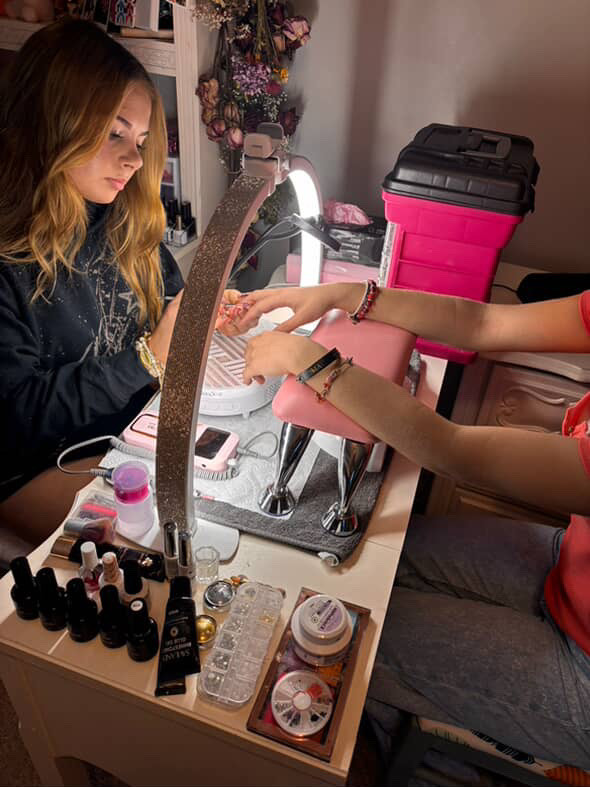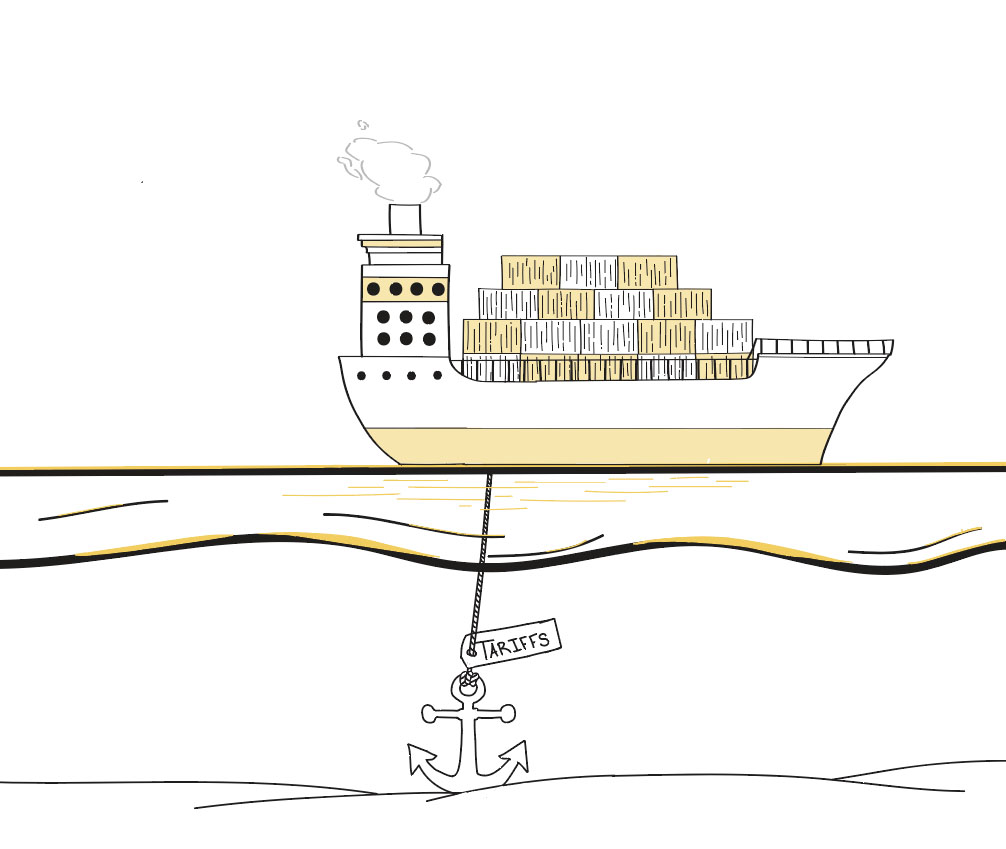Two-thirds of women in the United States can’t afford menstrual items, according to the National Institutes of Health. That’s 16.9 million without feminine products and immediate access to necessities for a cycle they have no control over. As human rights evolve, certain setbacks are hidden in the framework of what officials may say is being done. One of the strongest impediments to progress is the Pink Tax.
Pink Tax, the phenomenon of advertised products targeted at women being more expensive than nearly identical replicas targeted towards men, creates an irrefragable gap in price between gender-based items. For example, the men’s BiC Comfort 3 (targeted for sensitive skin) razor sells for $3.97 at Walmart. Meanwhile, the women’s BiC Silky Touch 3 (also targeted for sensitive skin, but with a more feminine title) costs $5.07. Both razors come in a pack of 4. Although price disparities occur across many sectors, they are more prevalent when it comes to women’s personal care items, what’s commonly known as the “Tampon Tax.”
The Tampon Tax is the sales tax rate that a government or city official collects on the purchase of menstrual products. According to the National Organization for Women (NOW), because feminine products, such as tampons and pads, aren’t considered “essential goods,” they don’t receive the same price exemption as groceries.
While consumers may be aware of the Tampon Tax, Pink Taxes occur in every sector of retail. A 2015 analysis conducted by the New York City Department of Consumer Affairs found that at least 43% of the time, women’s products cost 7% more than similar goods marketed to men.
The phenomenon of Pink Tax is a constant occurrence in the lives of women. From baby onesies, cartoon diapers, kids’ toys, and even flavored toothpaste, it’s no secret that the difference in price between men’s and women’s items is more than a random coincidence.
The explanation given by companies for these evident price disparities? They claim they happen because of the addition of color and design. NOW does agree that these factors do play a role in the cost of more expensive items. However, the organization has also admitted that it is not the full story behind these price gaps.
In the conversation around women’s rights, the history of patriarchy inevitably comes up. Patriarchy is often applied to medieval and ancient governments, however, it is still seen in multiple aspects of society today. This includes legislation, family dynamics, and even finance.
Janine Rogan’s book, “The Pink Tax: Dismantling a Financial System Designed to Keep Women Broke,” breaks down the concept of pink taxes and how the history of misogyny and sexism is the foundation for our inequitable system. Looking at the broader context
the Pink Tax, women have been conditioned for years to view their finances as insignificant. It was only in 1974 that women were legally allowed to obtain credit cards under their own names, when they previously had to have a male co-signer. Eleven years prior, 1963 marked the beginning of equal pay being required for women and men.
Despite this law, the wage gap is still here today and remains strong. The overall foundations of this unequal financial legislation are not the only factors responsible for the Pink Tax. The lack of knowledge and education about women’s finances holds a tight-fisted grasp on the country’s taxation system.
“I started to consider why I didn’t know much about money and how to manage it. When I looked around, I saw this was true for other women too,” Rogan said.
The crisis of financial literacy rates is a major issue when it comes to dismantling the Pink Tax system. Without education, the difficulties of eliminating pink taxes drastically increase.
Although the fight to end taxation on menstrual items and other products for women is far from over, it’s important to recognize that change has been made in various places around the globe. The World Economic Forum, a non-governmental organization that focuses on improving the state of the world, says that several countries, including Rwanda, Australia, Canada, and India have eliminated taxes on feminine products. And the United Nations has recognized and called on all countries to end the Pink Tax.
As society waits for government policies to change and for more companies to recognize the wrongs that set the fight against Pink Tax back, individuals can always combat the tax themselves. Although pink taxes can’t entirely be ignored, for items that have substitutions (free of Pink Tax), it’s important and more beneficial to purchase those more equitable products instead. One can also support businesses that work against the Pink Tax. For example, the bodycare company Billie excludes Pink Taxes from their product lines.
Taxation without representation comes with a price. Silence can no longer be an answer. The Pink Tax crisis is here, and for something to be done, society needs to fight back now.















